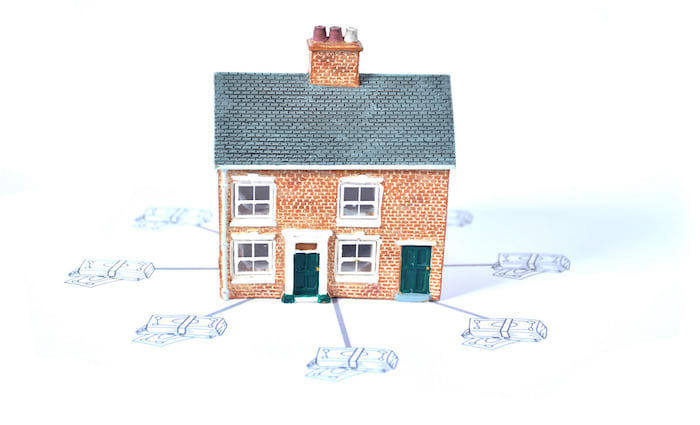Crowdfunding into property: DomaCom explains
Crowdfunding is disrupting property investment by fractionalising the asset to make it easier for people to invest a bit or a lot in one or more properties of their choice, giving investors opportunities in any type of property anywhere in Australia.
Australia’s leading property crowdfunder, DomaCom, allows investors to contribute towards the purchase of a property asset of their choice. This includes residential, commercial, retail, and industrial and thematic sectors such as agriculture, energy, affordable housing, student accommodation, land banking and social infrastructure, among others.
Sometimes called fractional investing, crowdfunding is a modern form of syndication that DomaCom have taken to another level.
The DomaCom model is an online platform in two parts; the first facilitates the investment application and a strict due diligence process to ensure that every property is fairly valued, legally entitled and of sound structure.
The second part is a legal structure that fractionalises the ownership via a unitised structure.
This structure is called a managed investment scheme (MIS). Each property acquired is held in a segregated sub-fund of the MIS in which investors receive units in proportion to the amount they invest.
Crowdfunding requires cash on deposit before a property can be selected as this determines how much is available. DomaCom have a number of residential strategy or thematic campaigns running at any one time that investors can choose from.
So who chooses property to crowdfund?
DomaCom is a platform for investors to use but the company does not choose specific properties. We select residential strategies from analysed research then ask property advisers to select assets based on that research. Thematic projects are usually partially completed with due diligence enabling them to be posted to the platform for investors to participate. Thematic projects usually have a longer sale process and therefore time to raise the necessary capital. Residential properties on the other hand come to market for 4 or 5 weeks so it is necessary to have cash on hand to act quickly when the properties are identified.
Investing is the easy part, but how do investors exit?
An exit strategy is just as important as the investment. The DomaCom Fund generally has a 5 year term for residential properties thereby guaranteeing an exit for investors if they wish. Those who wish to retain the property can do so by buying out those who wish to exit. If they don’t the property is sold and the proceeds are distributed to investors.
Just as the sharemarket enables online trading in company shares, DomaCom has created an online unit trading facility within the platform, complete with buy/sell and market depth screens to enable investors to trade their units at any time provided there is a buyer, just like the sharemarket. A third facility exists where unit holders can vote to wind up a sub-fund and sell the property at any time, provided 75% of unit holders vote to do so.
DomaCom have recently been active seeking to raise $4.3 million working with Utilas Group to develop a BioHub project in Casino.
Landbanking has been popular venture too with funds being sought for near Sydney's second planned airport, with KSI Investments acquiring over 11 acres near Badgerys Creek.
To learn more about crowdfunding, visit DomaCom here.
